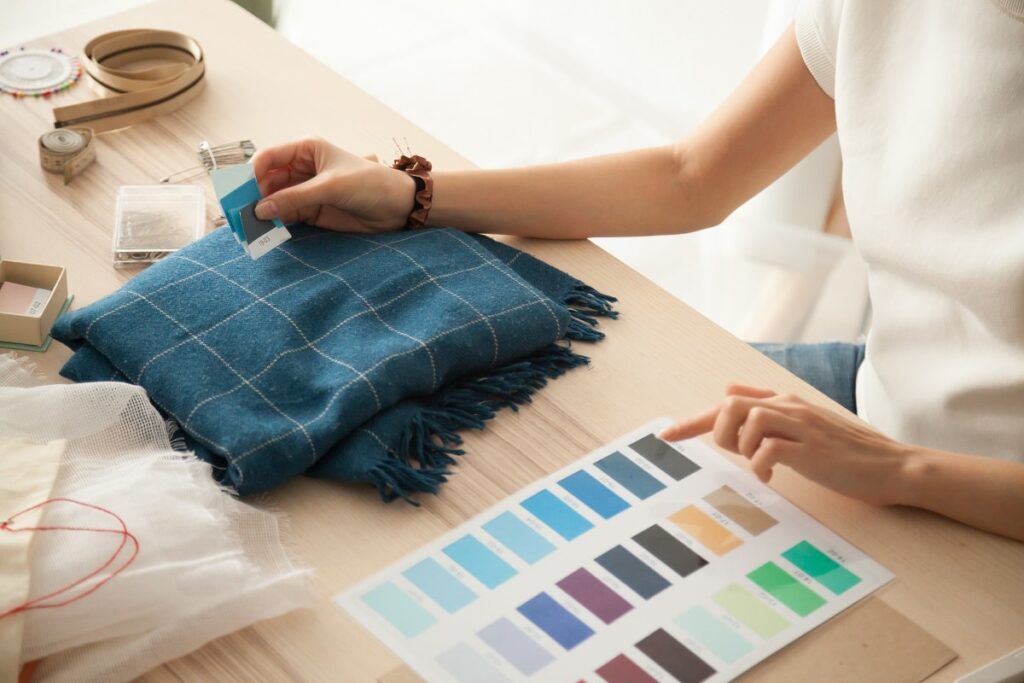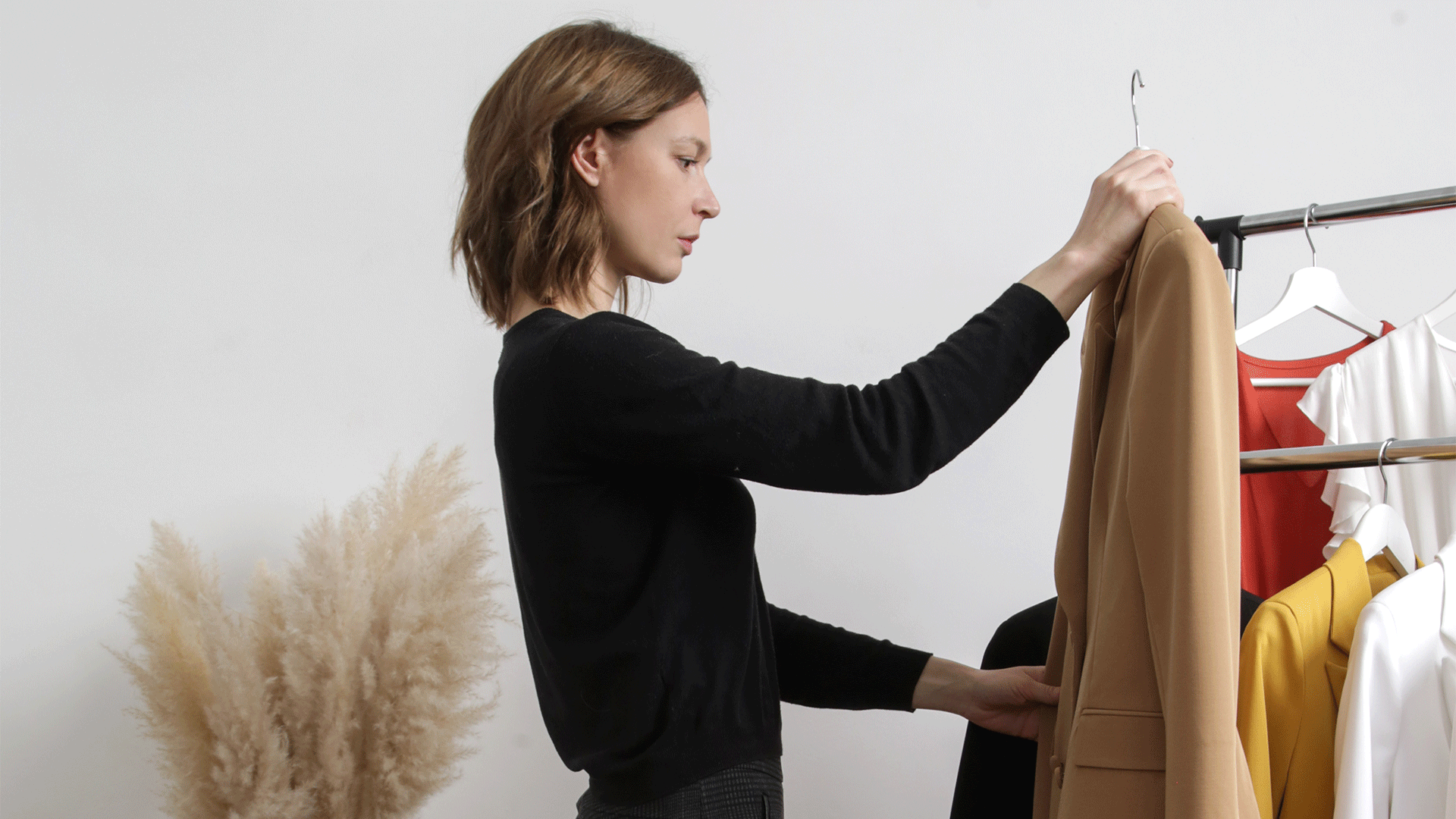If you’re passionate about textile and fabric design — whether for fashion, home décor, or artistic expression — choosing the right fabric design course can make a major difference in your skill development and creative future. This article explores what makes a “best” fabric design course, offers expert insights into key features to look for, outlines valuable skills you’ll gain, and shares tips to help you get the most out of your learning journey.
What Makes a Great Fabric Design Course?
A top-notch fabric design course delivers a well-rounded education that blends creativity with technical know-how. Here are the essential traits that distinguish the best courses:
-
Comprehensive curriculum covering textile theory, color and pattern design, fabric properties, print design, surface design, digital textile tools, and textile production basics.
-
Hands-on practice and projects such as designing fabric patterns, creating mockups, printing swatches, and developing a professional portfolio.
-
Access to industry-standard tools and software including digital illustration programs, color calibration tools, and print-ready file preparation systems.
-
Guidance from experienced instructors or industry professionals who provide real-world insights and practical feedback.
-
Insight into textile and fashion industry practices including production processes, supply chain considerations, sustainability, and manufacturing constraints.
-
Flexibility and accessibility through online or hybrid formats that still offer interaction, feedback, and strong learning resources.
-
Portfolio development opportunities that help students showcase their textile designs, printed samples, and completed projects.
What Skills Should You Expect to Gain?
Enrolling in a quality fabric design course helps you build skills highly valued across fashion, textile, and interior design industries:
-
Understanding fabric types, properties, and construction.
-
Mastering color theory, pattern development, surface design, and repeat structures.
-
Becoming proficient in textile design tools and software.
-
Translating creative ideas into production-ready fabric prints.
-
Learning textile production workflows such as sampling, printing, and dyeing.
-
Building a polished portfolio of textile designs.
-
Understanding sustainability, ethical sourcing, and industry best practices.
-
Strengthening communication and collaboration skills for working with manufacturers or design teams.
Tips to Get the Most Out of Your Fabric Design Course
To maximize your learning and set yourself up for success:
- Treat projects seriously as if they were real client briefs.
- Practice beyond coursework by creating extra patterns and experimenting with techniques.
- Build your portfolio early and refine it as you progress.
- Seek consistent feedback from peers and instructors.
- Stay updated on textile trends and innovations such as new materials and printing technologies.
- Network with industry professionals across fashion, textiles, and interiors.
- Explore diverse applications like upholstery, décor, and accessories.
- Embrace sustainability in your materials and design processes.
Why Investing in a Fabric Design Course Is Worth It
Whether your goal is to become a textile designer, launch a brand, join a fashion company, or work in interiors, a fabric design course gives you the creative foundation and technical skills to succeed. It helps you develop your design aesthetic, understand industry expectations, and translate ideas into functional, market-ready textiles. With dedication and the right training, you can build a meaningful career in the vibrant world of fabric and textile design.
Key Takeaways:
- Choosing the right fabric design course can significantly enhance your creative skills and career opportunities in fashion, home décor, or artistic textiles.
- A great course combines a comprehensive curriculum covering textile theory, color and pattern design, fabric properties, print and surface design, digital tools, and production basics.
- Hands-on projects and practical assignments help translate creative ideas into tangible fabric designs and build a professional portfolio.
- Access to industry-standard tools and software is essential for mastering digital textile design and print-ready file preparation.
- Expert guidance from instructors and industry professionals provides real-world insights and practical feedback.
- Understanding industry practices — including production workflows, supply chains, sustainability, and manufacturing constraints — is crucial for professional success.
- Courses offering flexibility and online accessibility allow learning at your own pace while still providing interaction and feedback.
- Students gain essential skills such as fabric knowledge, color theory, pattern development, software proficiency, and production-ready design capabilities.
- Building a polished portfolio is vital for showcasing your work to employers, clients, or for launching your own brand.
- Networking with industry professionals and staying updated on trends and innovations enhances career prospects.
- Embracing sustainability and ethical practices in materials and design processes adds value and relevance to your work.
Enhance your fabric design skills and industry knowledge by considering the Parsons Fashion Industry Essentials online course and certificate program by Yellowbrick.








